31: MCAS Beaufort Air Show
Perfect weather met perfect execution as aircraft spanning eight decades thrilled crowds at MCAS Beaufort.
130000Z APR 25
Hello, and welcome to Flightlines!
This weekend, we had the privilege of attending the MCAS Beaufort Air Show, where the finest in military aviation put their skills and machines on full display. From the F-16 to the vertical capabilities of the F-35B Lightning, the show delivered a comprehensive demonstration of American air power. The weather cooperated beautifully, providing perfect visibility for the performances that kept spectators' eyes locked on the skies.
In this photo essay, we'll bring you through the day's highlights. We've captured everything from the precision maneuvers of the U.S. Navy Blue Angels to the heritage flights that connect aviation's past with its cutting edge present.
Beaufort MCAS Air Show
The Marine Corps Air Station Beaufort Air Show returned to the South Carolina low country this weekend. Clear skies and light winds provided ideal viewing conditions for performances ranging from historic warbirds to modern military jets. Here's what we saw through our lens.
The U.S. Army Parachute Team opened the show. The Golden Knights jumped from 12,500 feet, creating formations during free fall before opening their black and gold parachutes.
Established in 1959, they've represented the Army at public demonstrations for over six decades. After presenting the colors, the airshow began.
First up was the Devil Dog Squadron, part of the Commemorative Air Force (CAF), dedicated to flying and preserving a WWII B-25 bomber named "Devil Dog."
This aircraft represents a PBJ, the Marine Corps version of the B-25 Mitchell. The PBJ designation came about in 1943 when North American produced more B-25s than the Army Air Corps needed.
Around 800 aircraft were transferred to the Marines, who used them for night operations, anti-shipping missions, and close air support during Pacific campaigns.
Following the Devil Dog, two North American SNJ trainers from Warbird Thunder Airshows performed in formation.
These Navy variants of the AT-6 Texan trained thousands of pilots during World War II.
Their continued airworthiness after 80 years speaks to their solid engineering and careful maintenance.
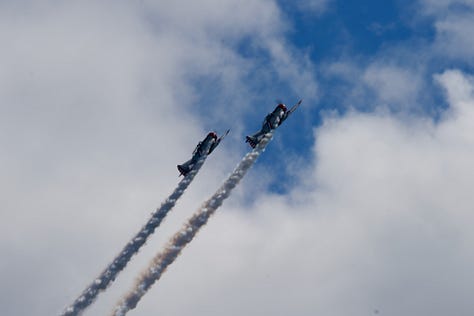
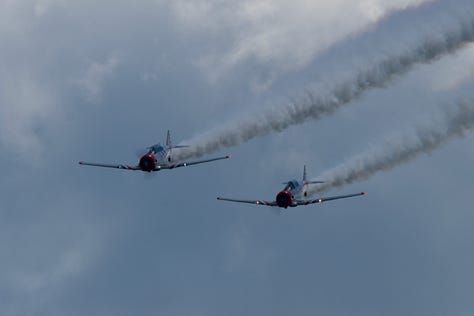
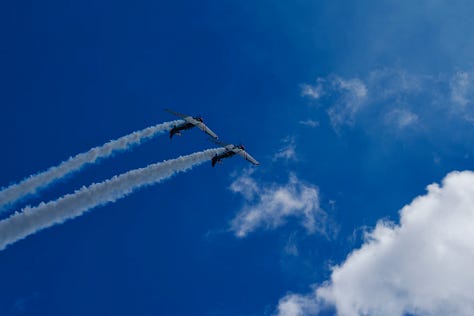
Next up, the F-16 Viper Demo showed what the Fighting Falcon can do.
The pilot demonstrated the aircraft's maneuverability with high-G turns, rolls, and vertical climbs.
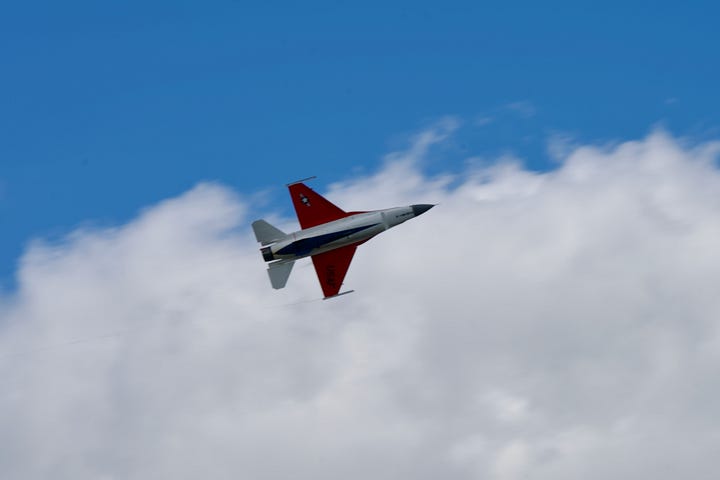
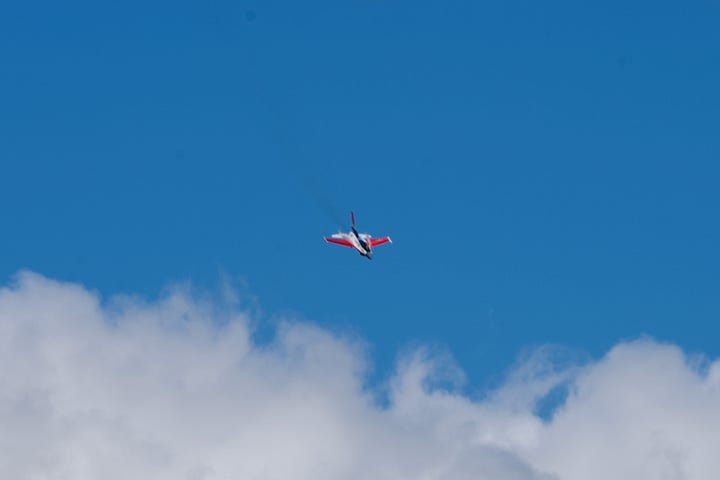


The F-16 remains the backbone of the Air Force fighter fleet with about 1,000 still in service.
A P-51D Mustang joined the F-16 for the Heritage Flight.
This pairing connects World War II aviation with today's military aircraft.
The P-51's Merlin engine and the F-16's Pratt & Whitney turbofan represent different eras of American air power flying side by side.
Just after noon, retired Marine Corps Lieutenant General Bob "Rooster" Schmidle put his Pitts S2-B through its paces.
The small biplane is built for aerobatics with its light weight and powerful engine.
Schmidle's routine included rolls, loops, and hammerheads that showcased both pilot skill and aircraft capability.
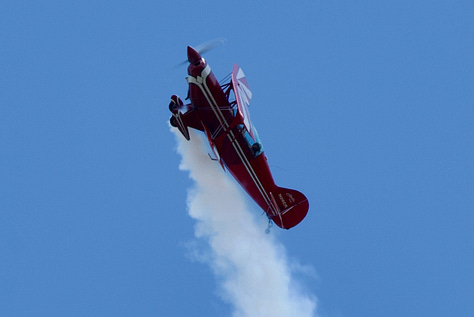
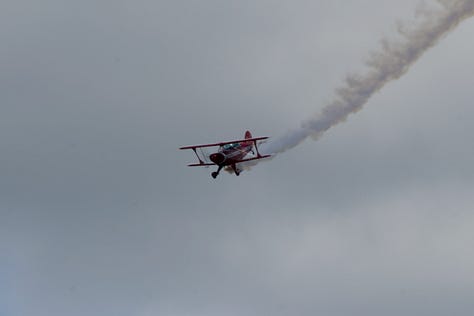
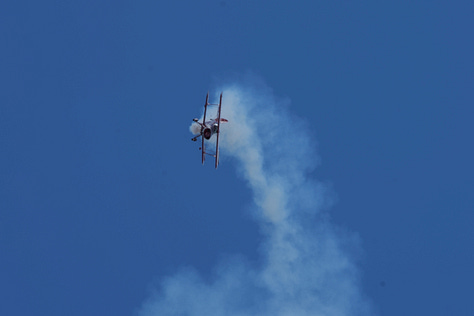
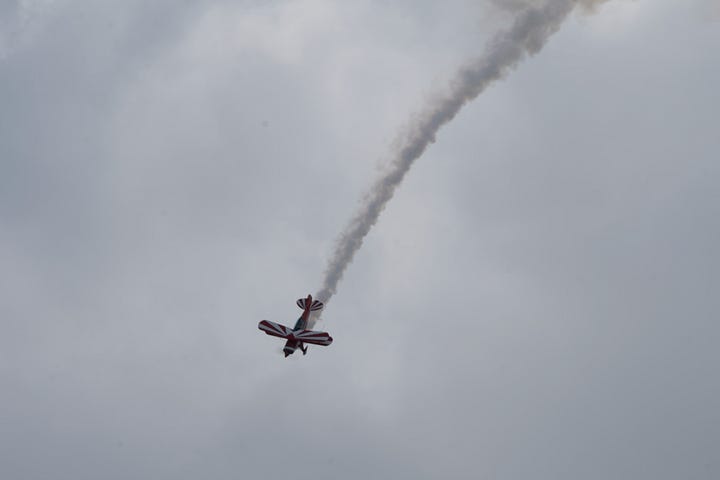
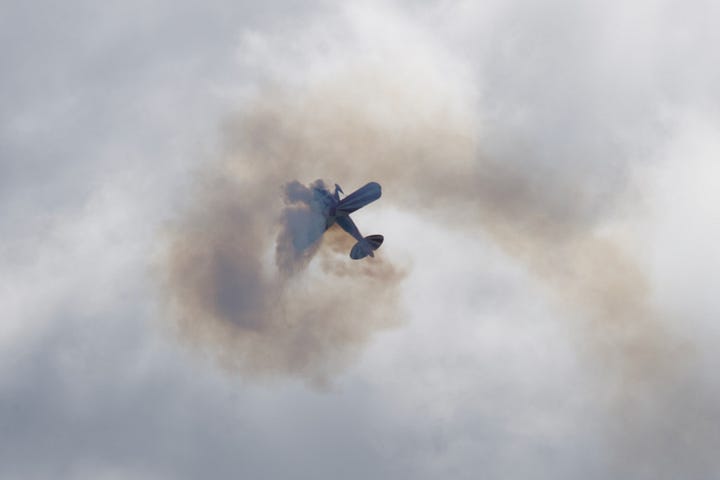
Later, the F-35B Lightning II showed off its unique capabilities. Unlike other fighters, this Marine Corps variant can take off in short distances and land vertically.
The pilot demonstrated this STOVL (Short Take-Off and Vertical Landing) ability, lowering the aircraft to a hover before setting down.

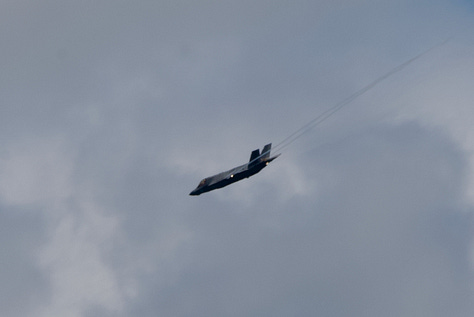

The Marine Air-Ground Task Force (MAGTF) demonstration featured the VH-22 Osprey with support from F/A-18 Hornets and an F-35B.
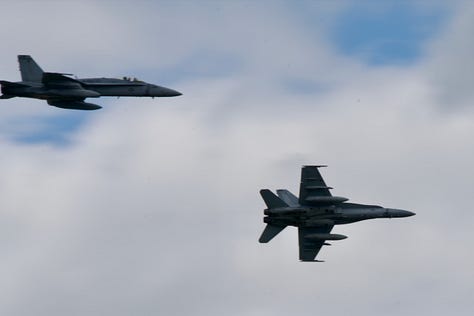
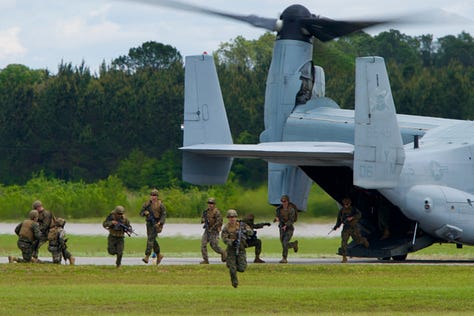

The Osprey can rotate its engines from helicopter mode to airplane mode in flight. This versatility allows Marines to deploy from ships and reach locations without traditional runways.
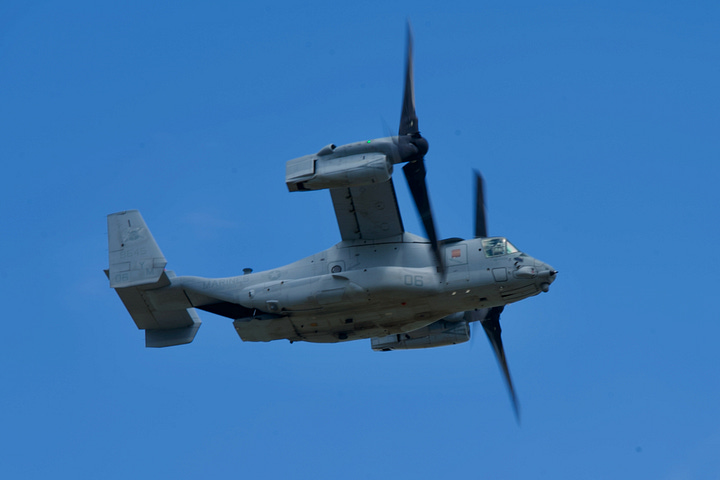
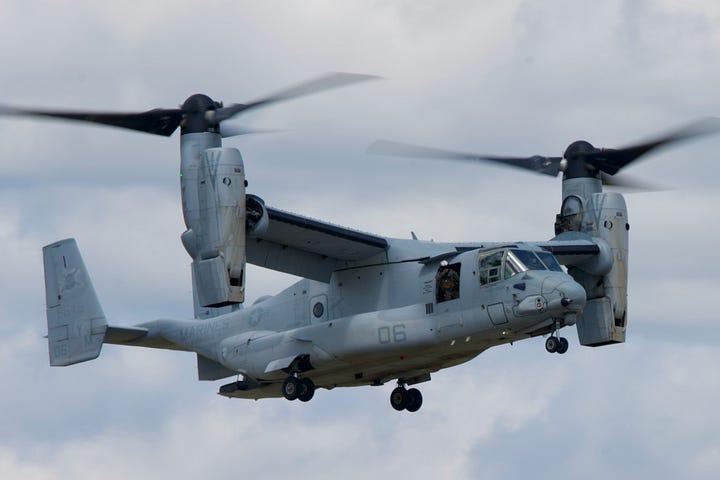
Later, Undaunted Airshows brought ten RV-series aircraft for their formation display.
These kit-built planes, designed by Van's Aircraft, are popular among homebuilders for their responsive handling.
The team flew in tight formation with consistent spacing throughout their routine.
The Blue Angels closed the show in their F/A-18 Super Hornets. Since 1946, they've demonstrated Navy and Marine Corps aviation excellence.
Their six-aircraft diamond formation and opposing solo passes require precise flying at speeds approaching 700 mph with minimal separation between jets.
The MCAS Beaufort Air Show brought aviation enthusiasts together to witness military precision and civilian skill. Watching aircraft from World War II trainers to fifth-generation fighters sharing the same airspace reminds us how quickly aviation has evolved.
As the last Blue Angel landed and crowds headed for the exits, conversations focused on favorite moments and plans to return next year. The Marines once again delivered a safe, professional event that showcases not just aircraft, but the people who fly and maintain them. —✈
✈
Thank you for reading.
Flightlines will be back next week with more insights and updates from the world of commercial aviation.
Until then, safe travels and happy flying!



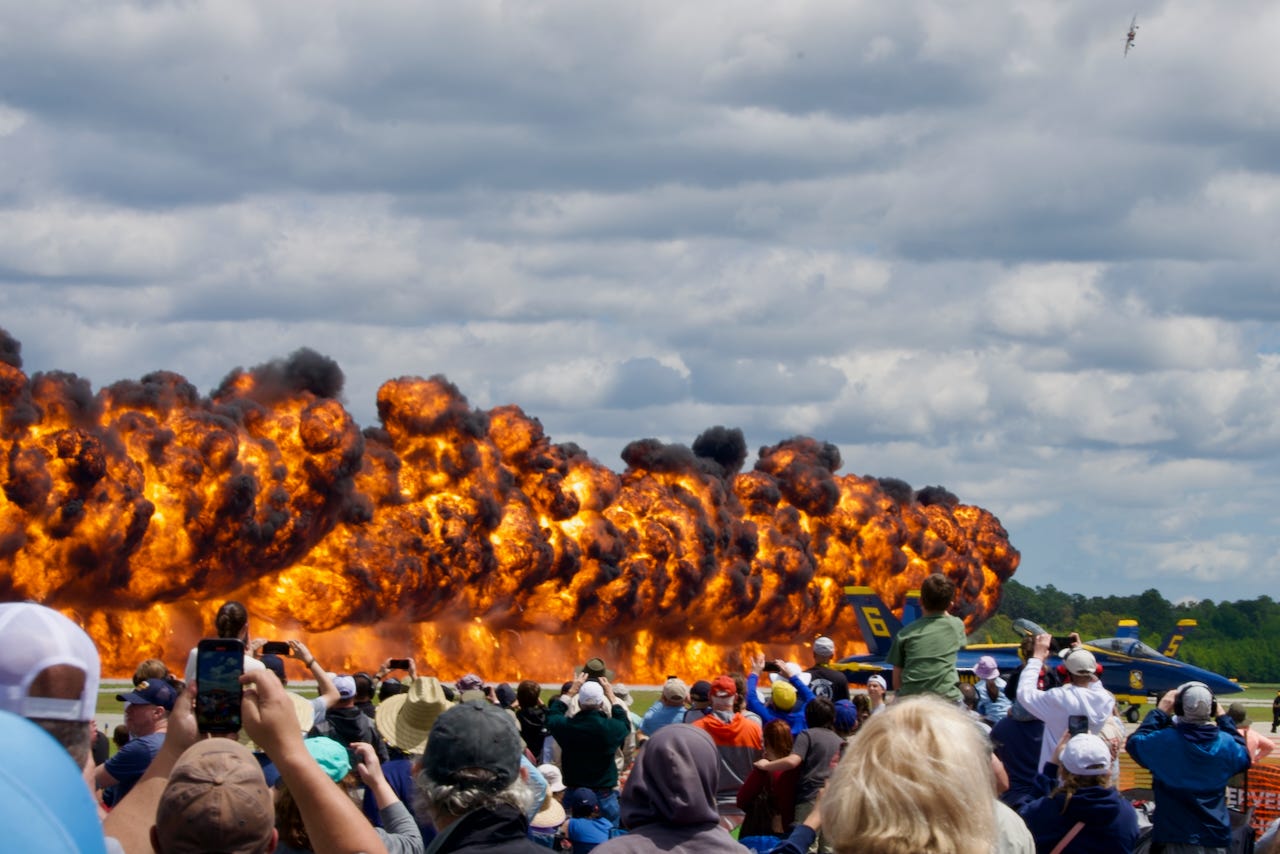
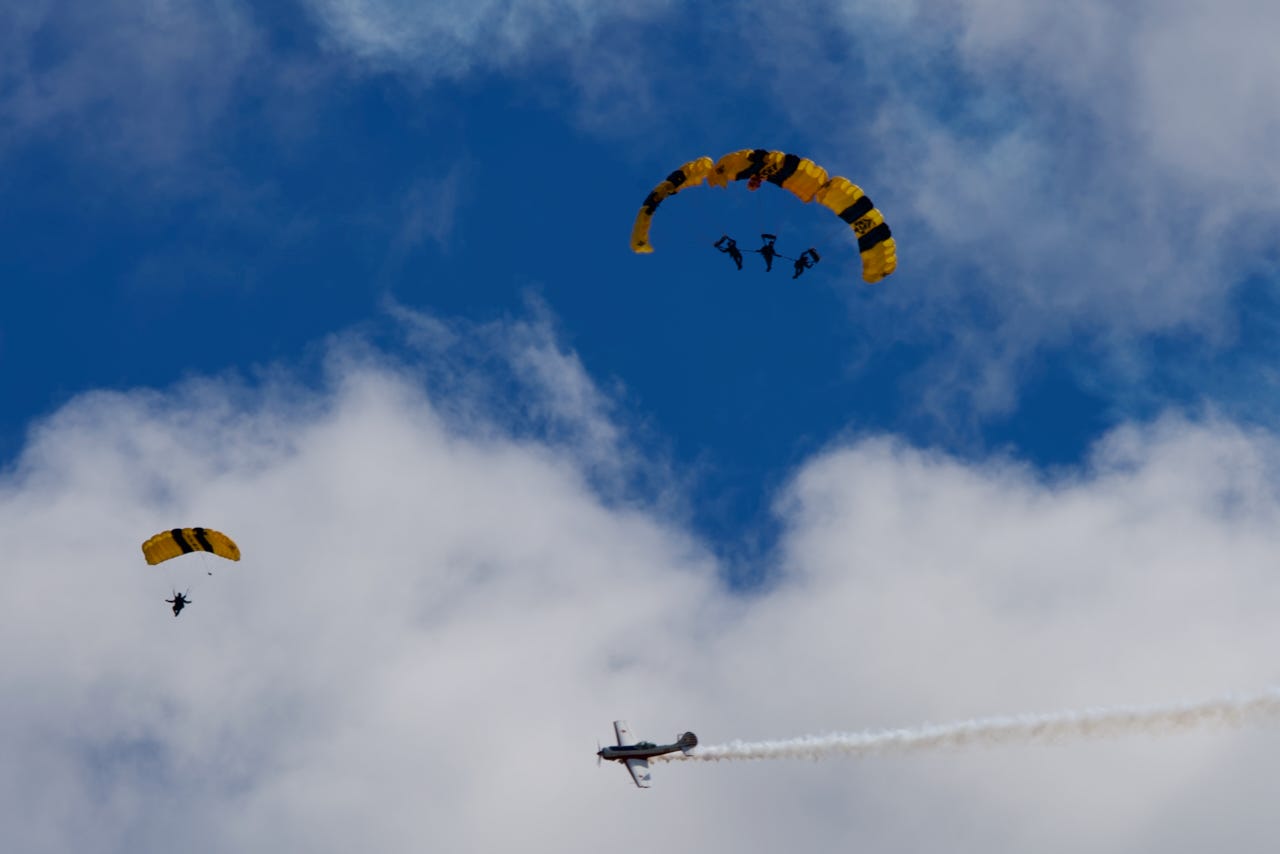
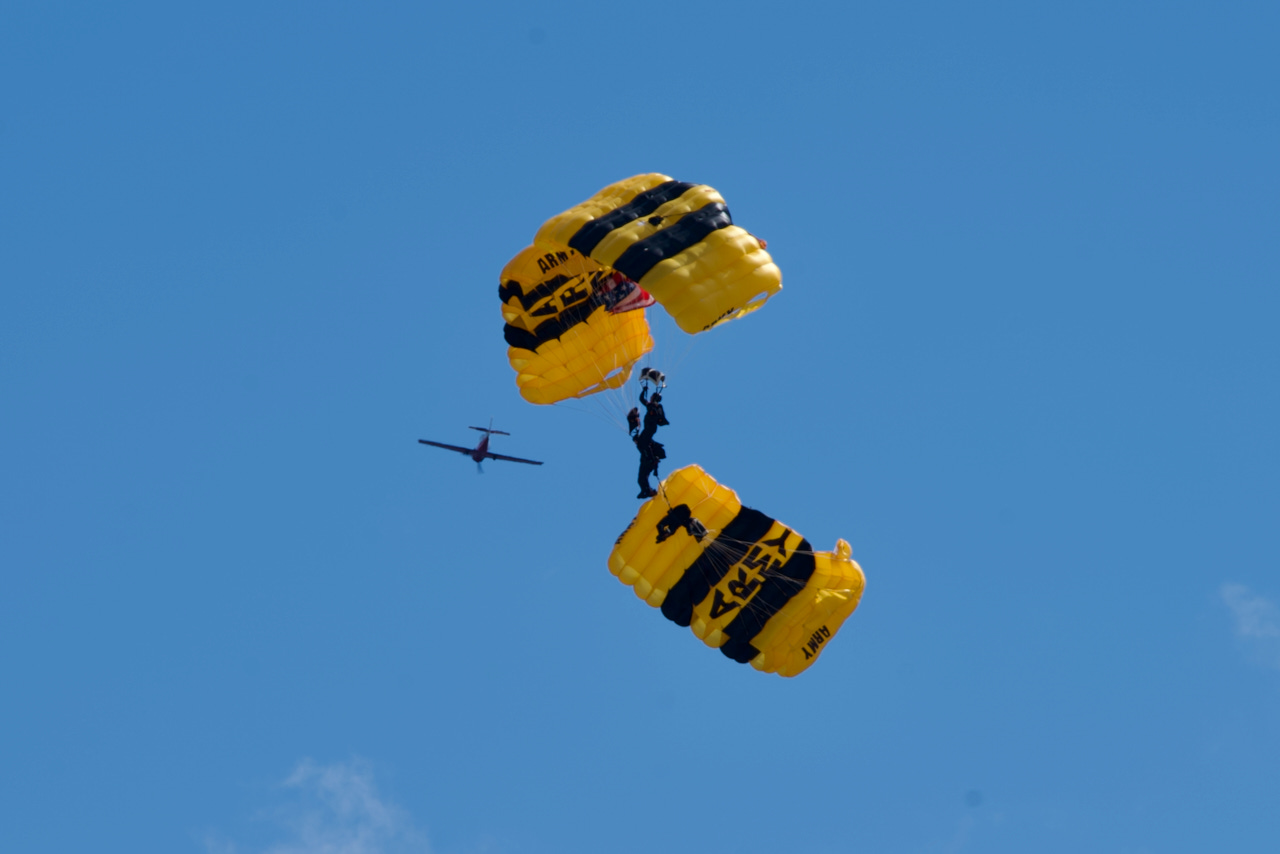
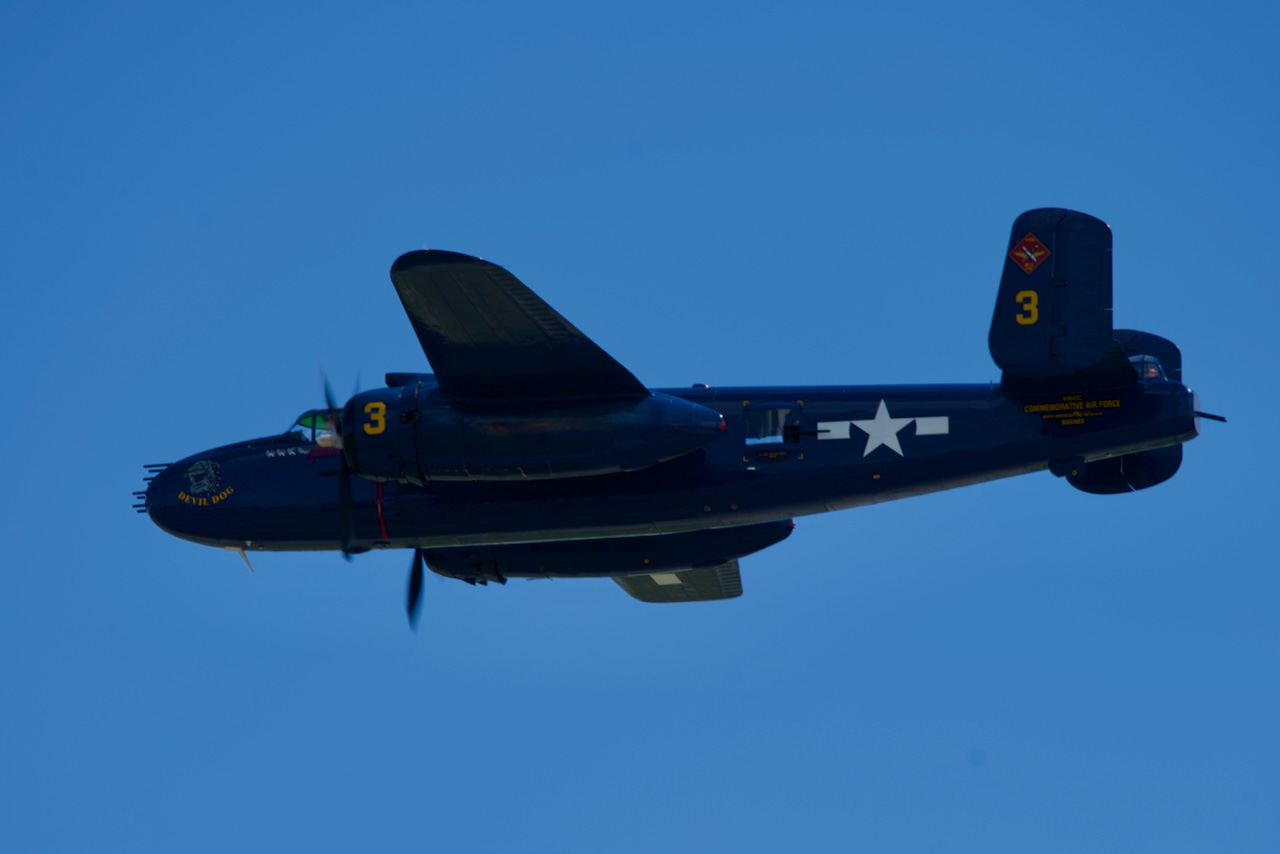
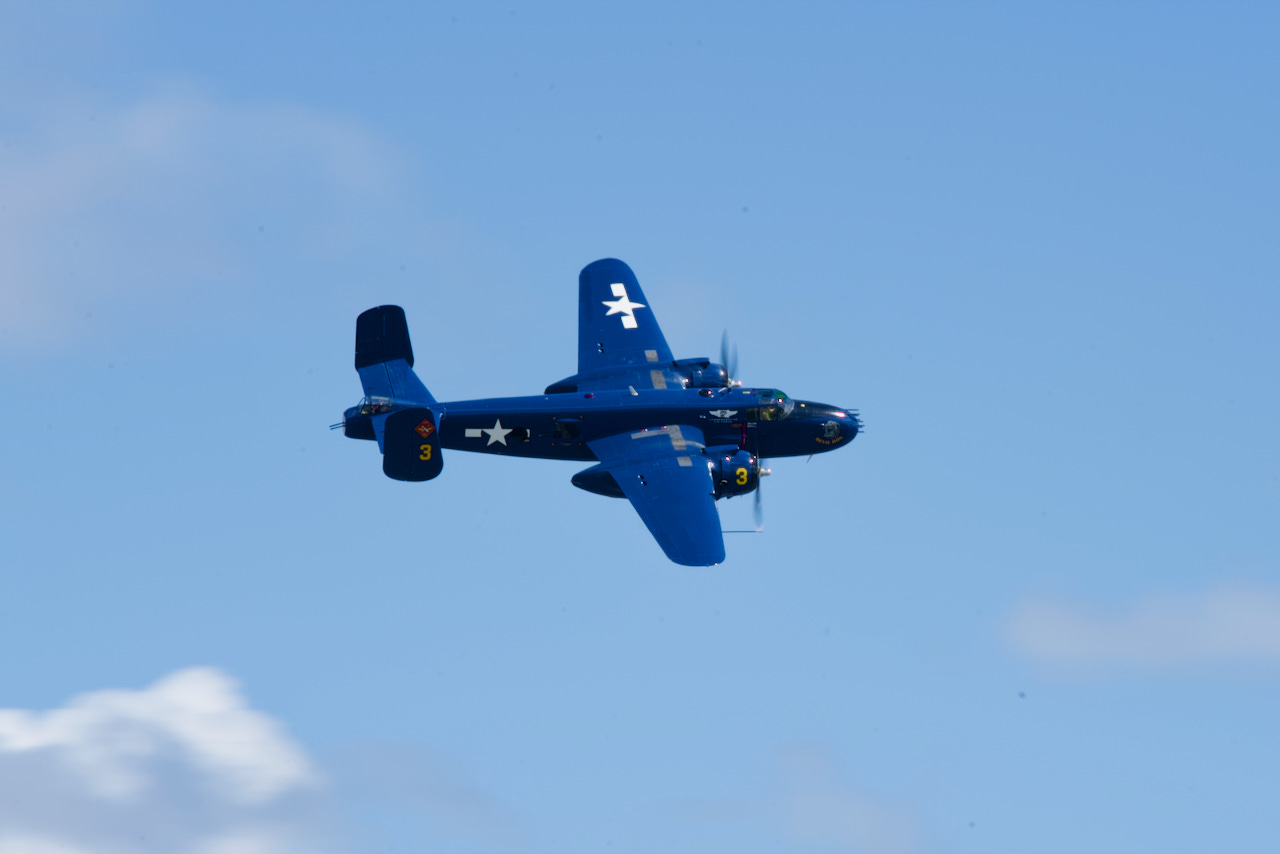
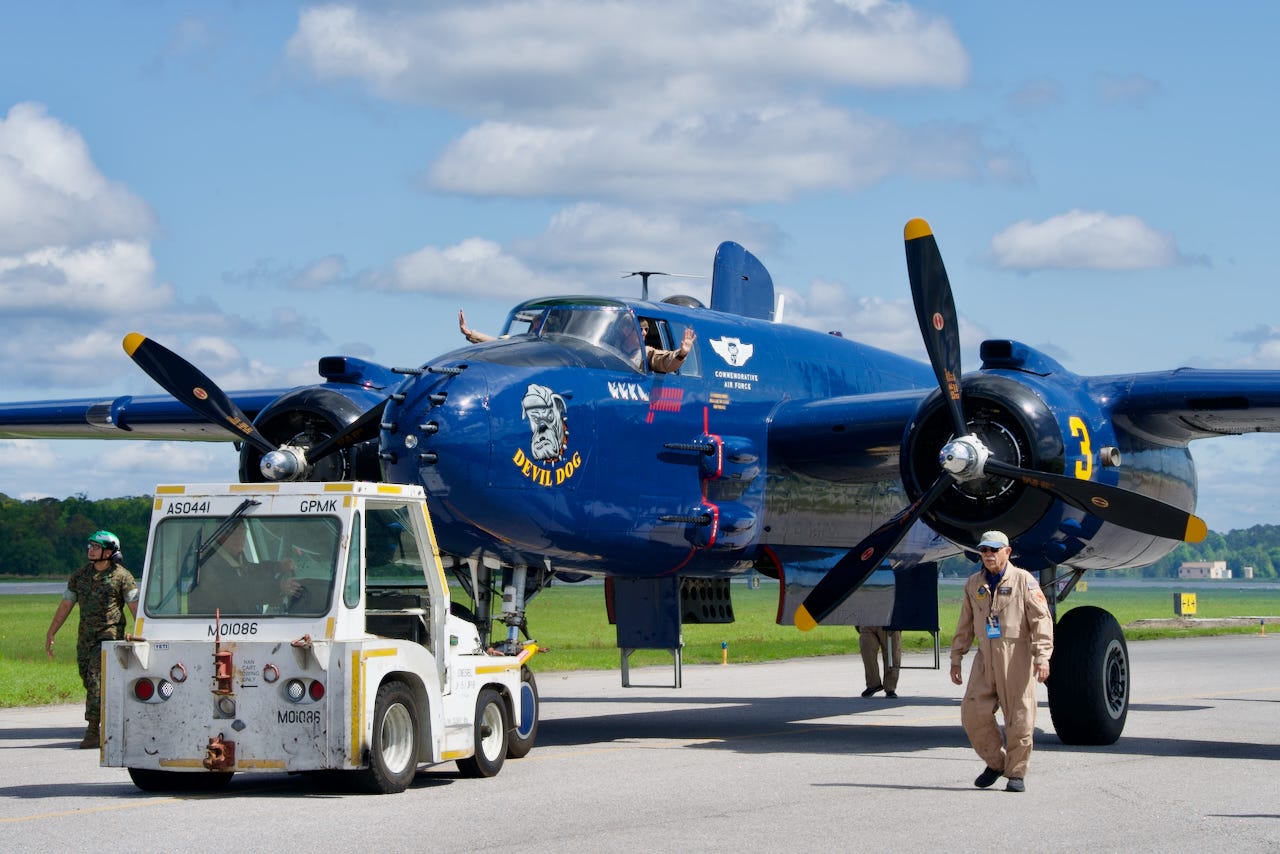
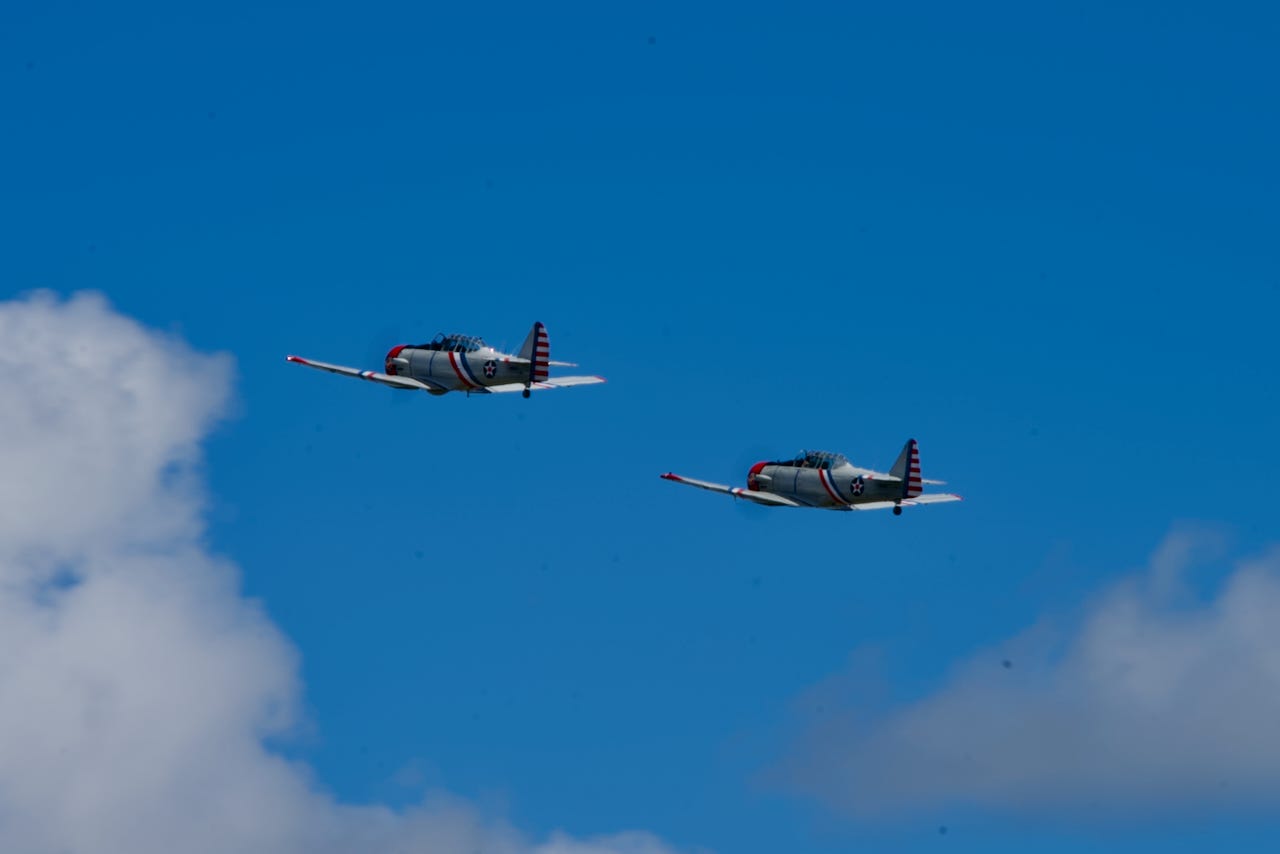
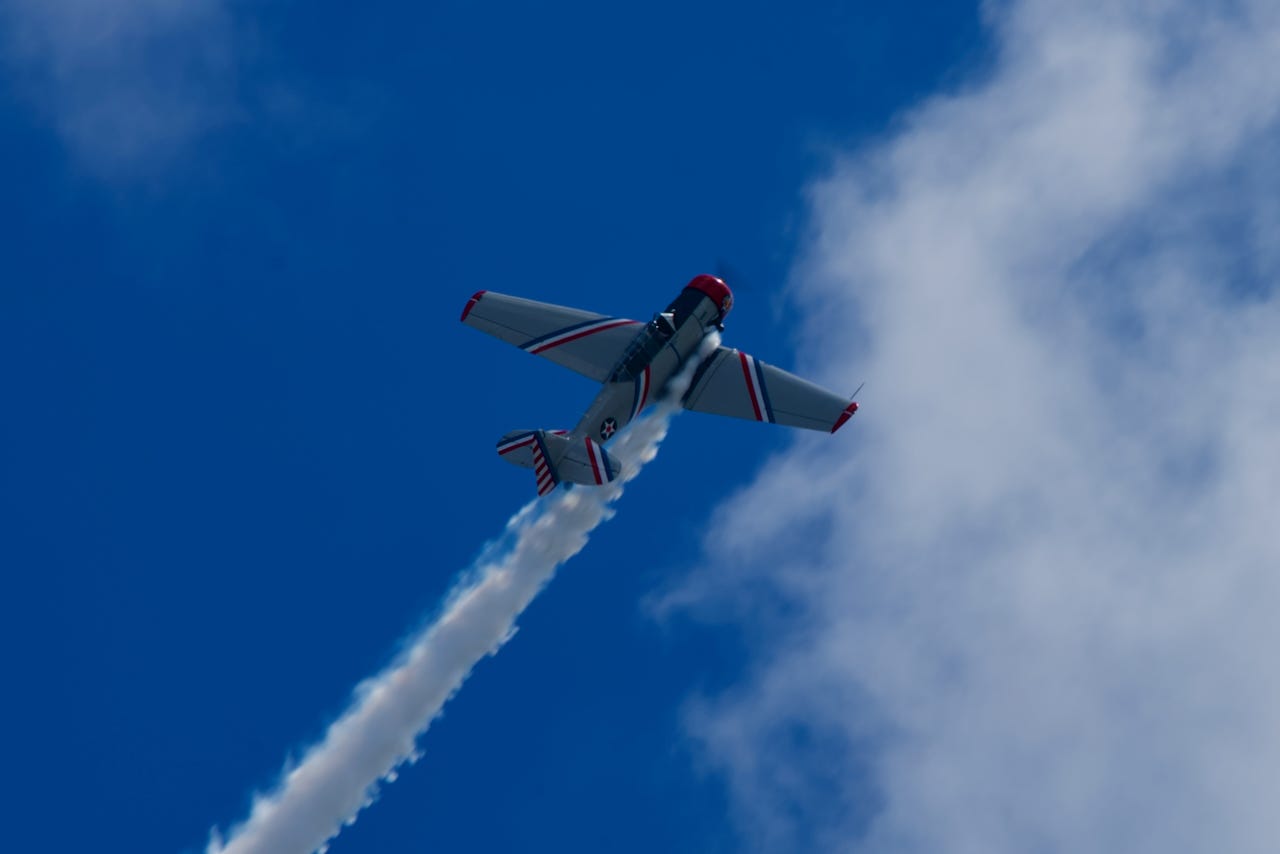
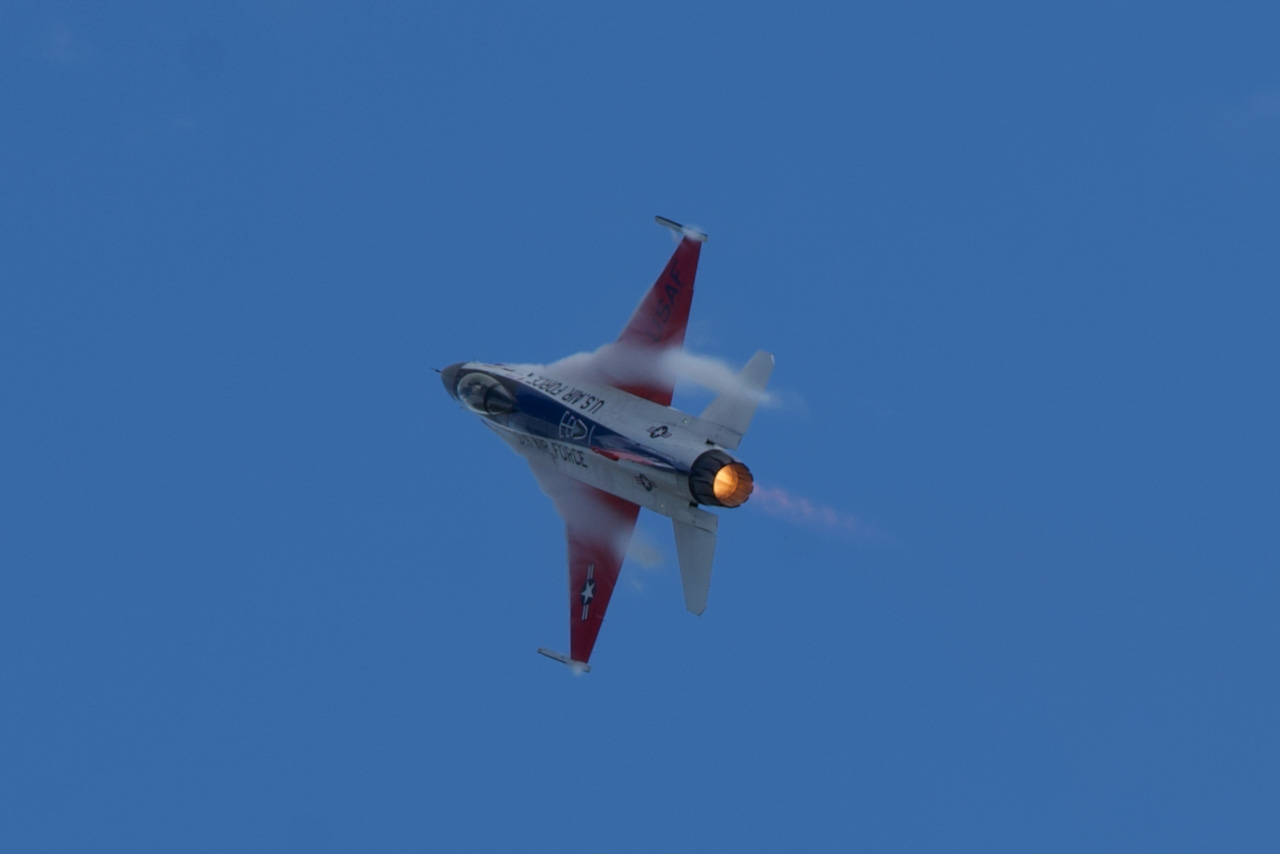
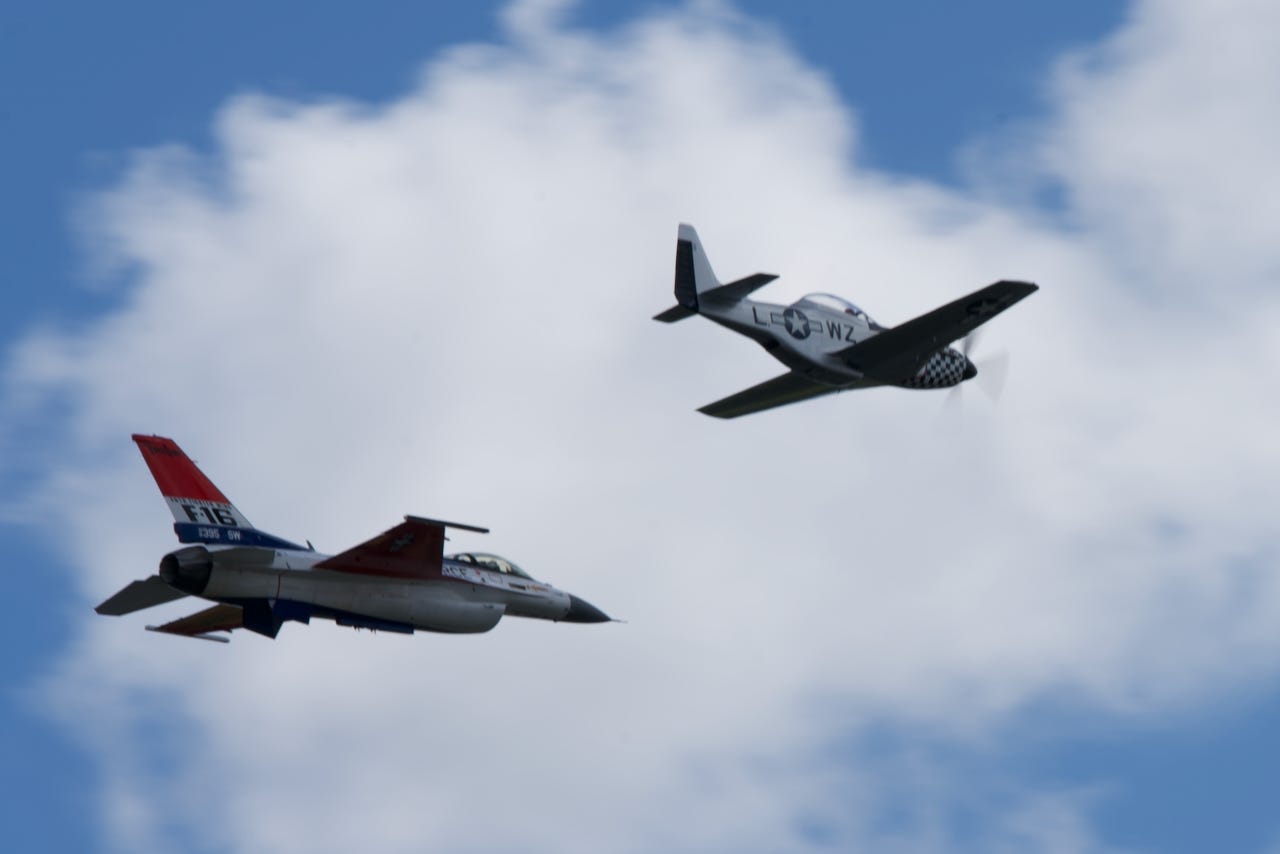
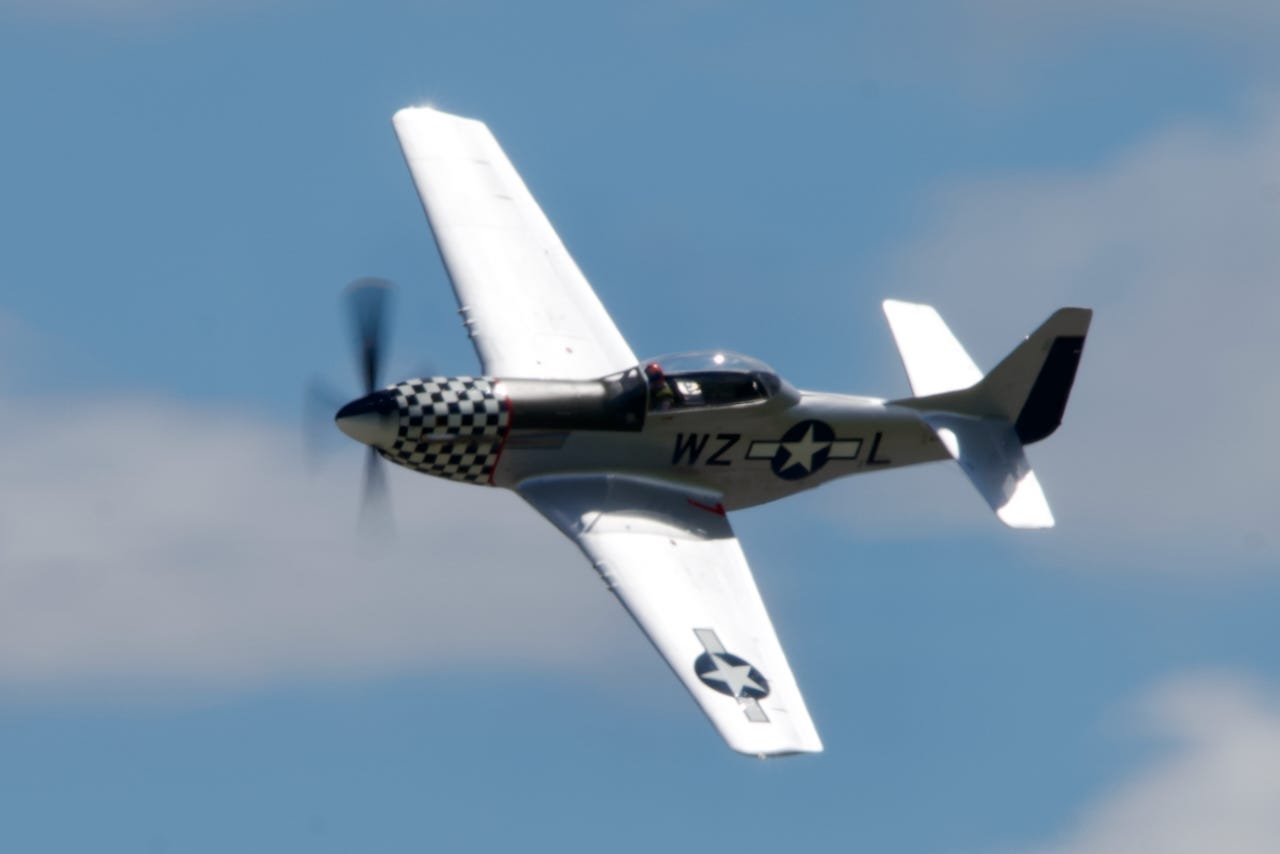
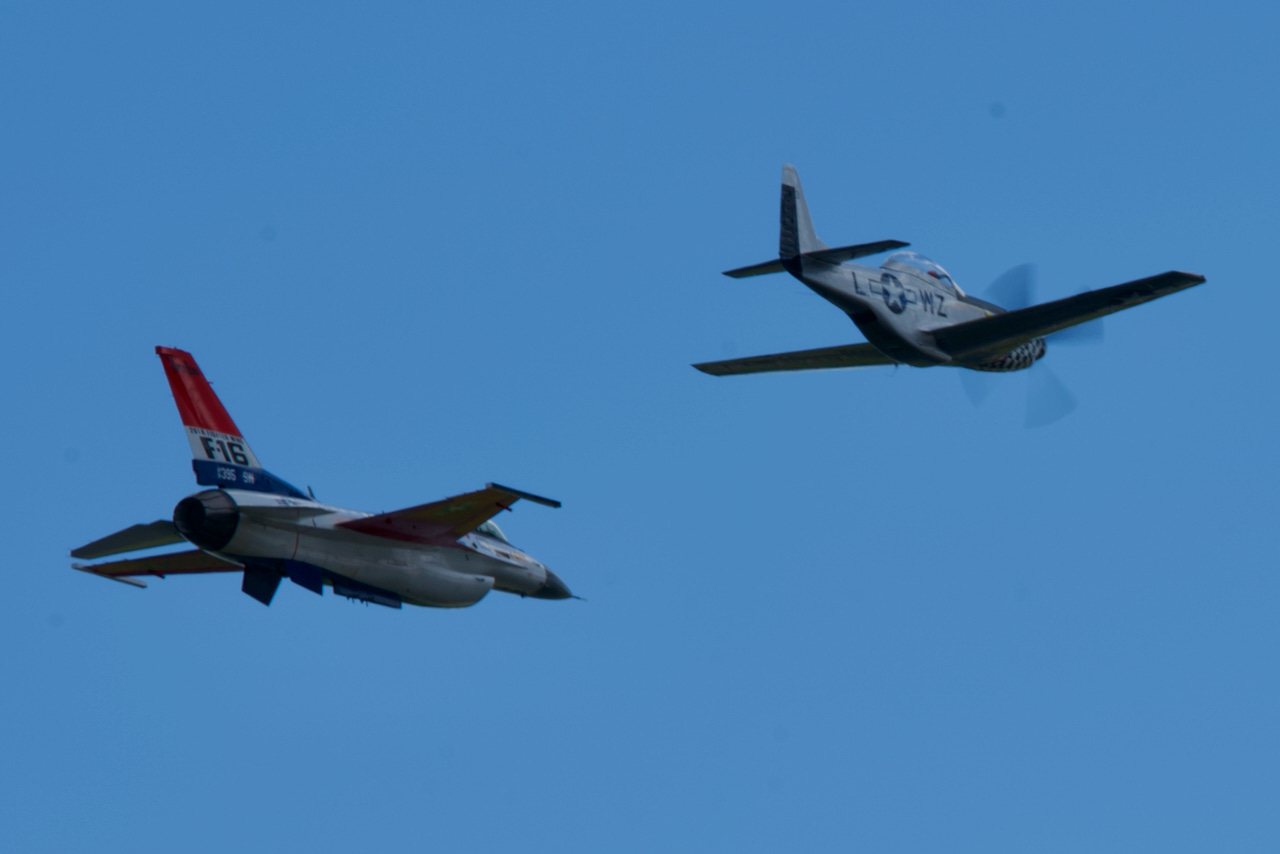
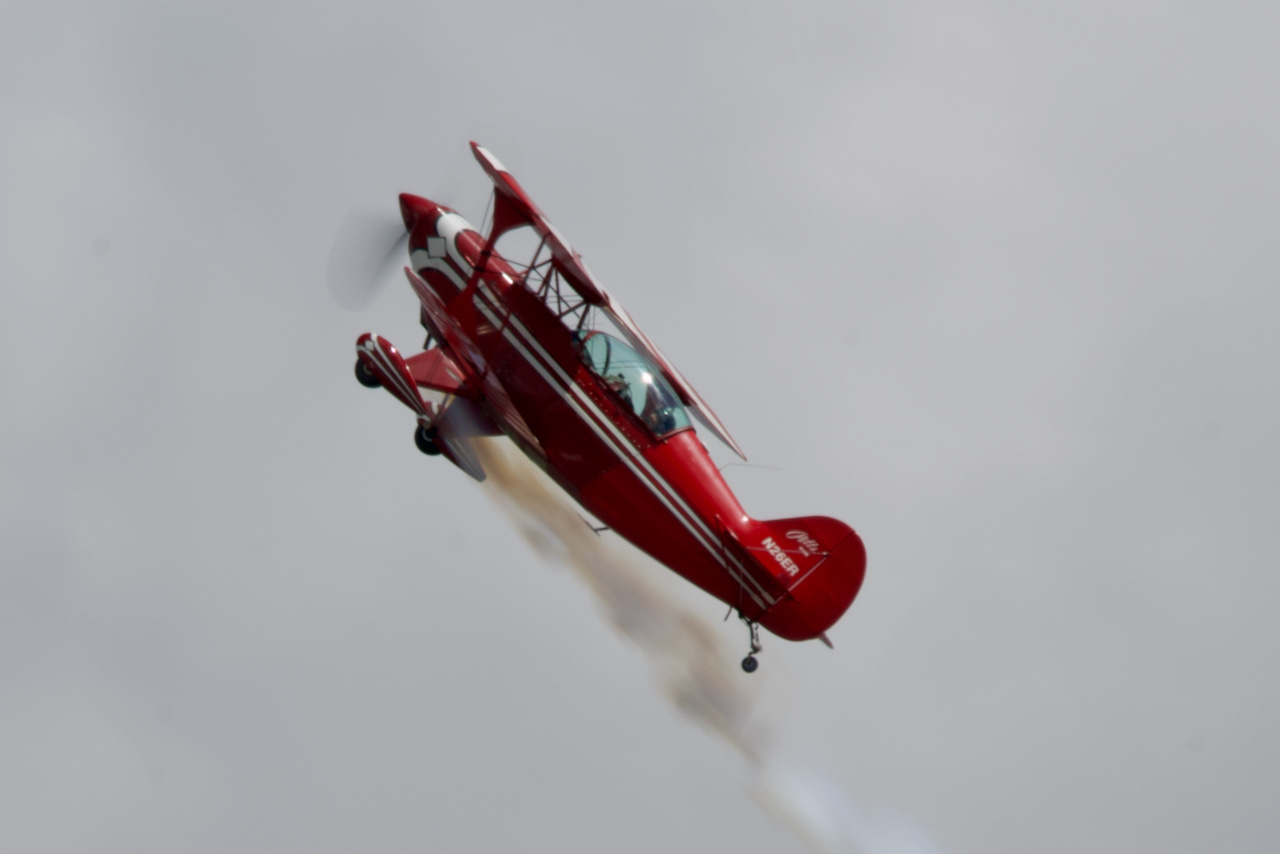
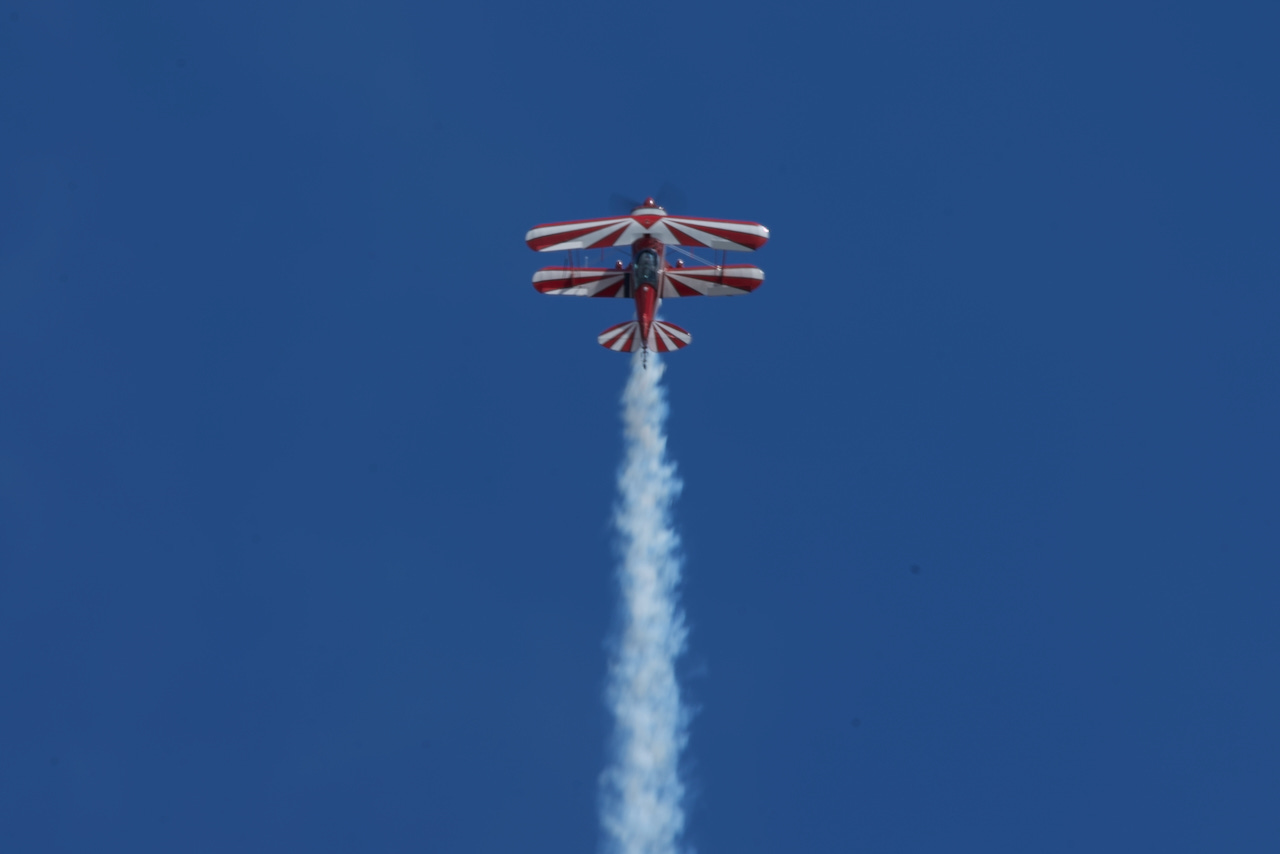
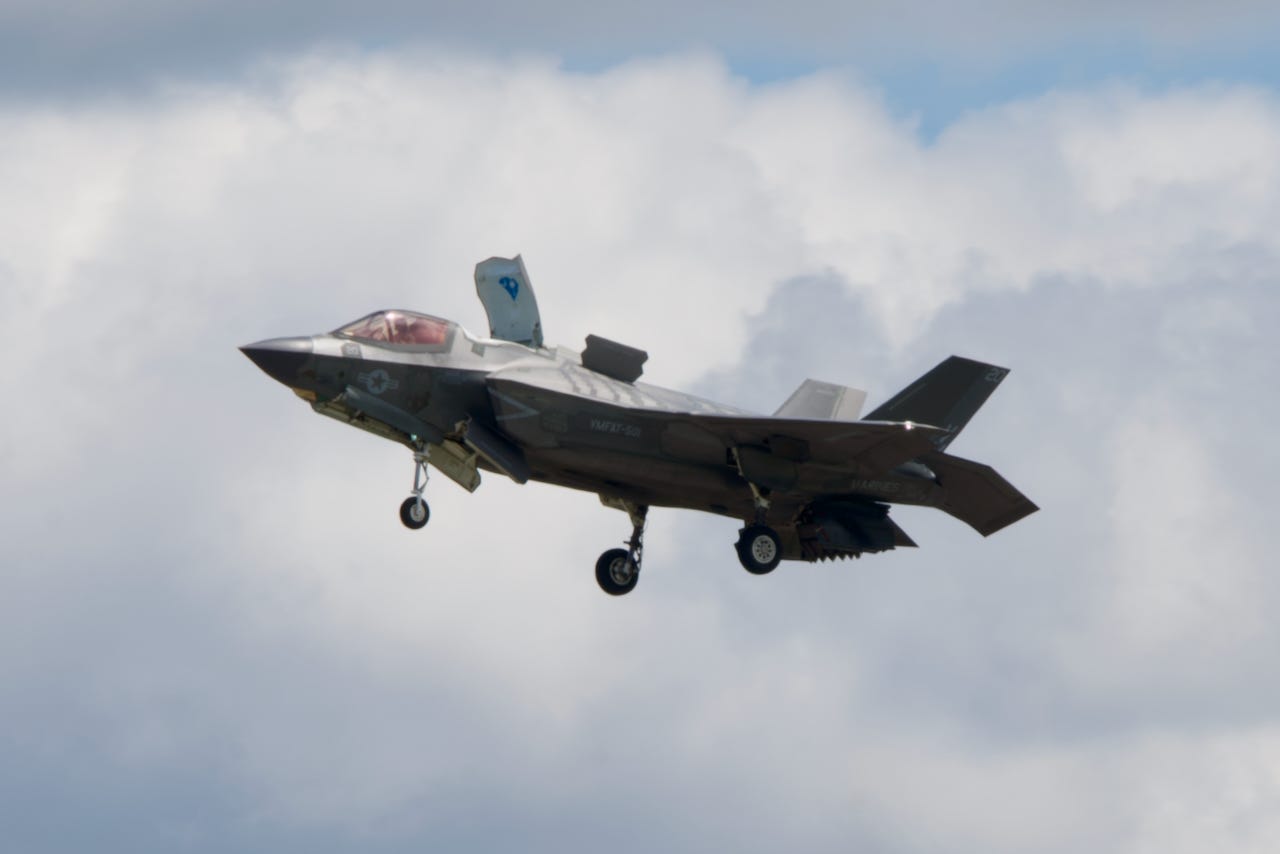
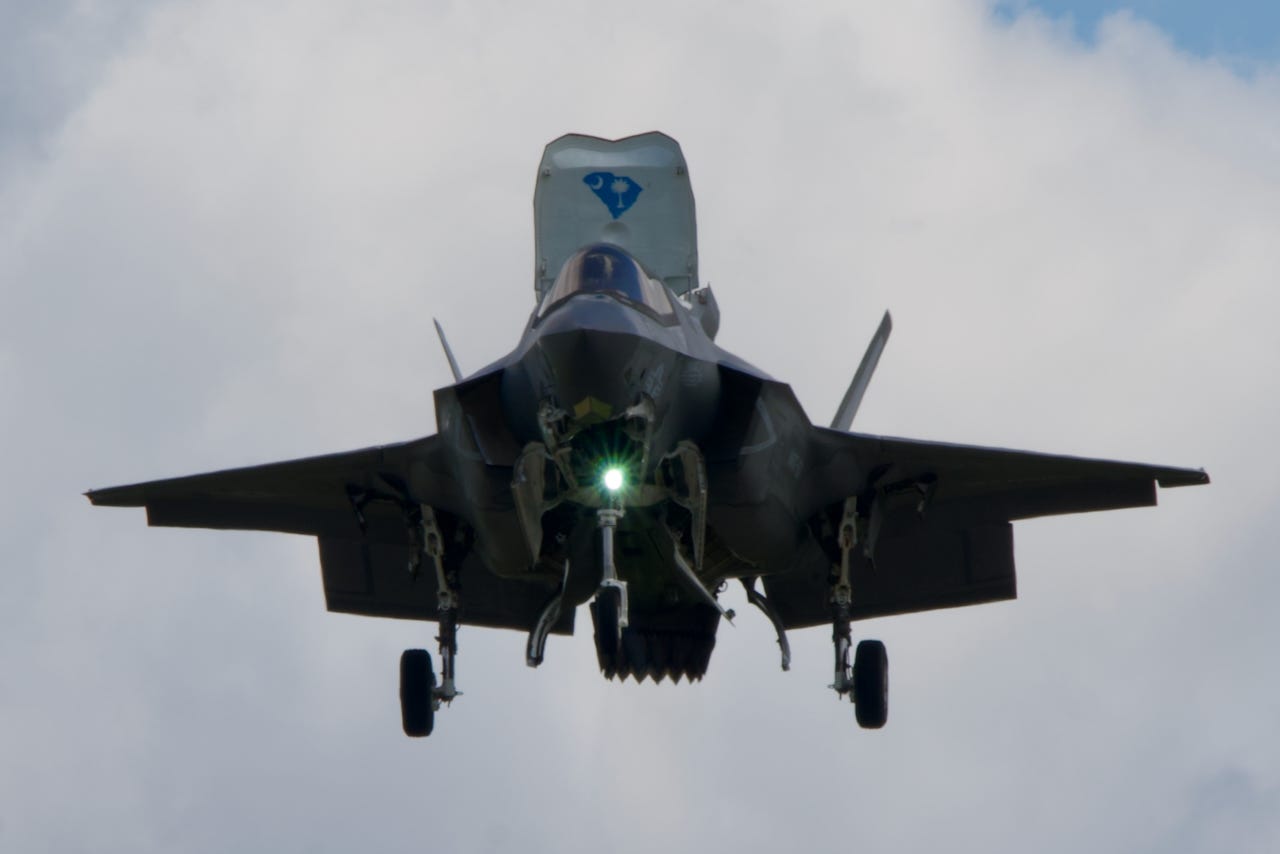
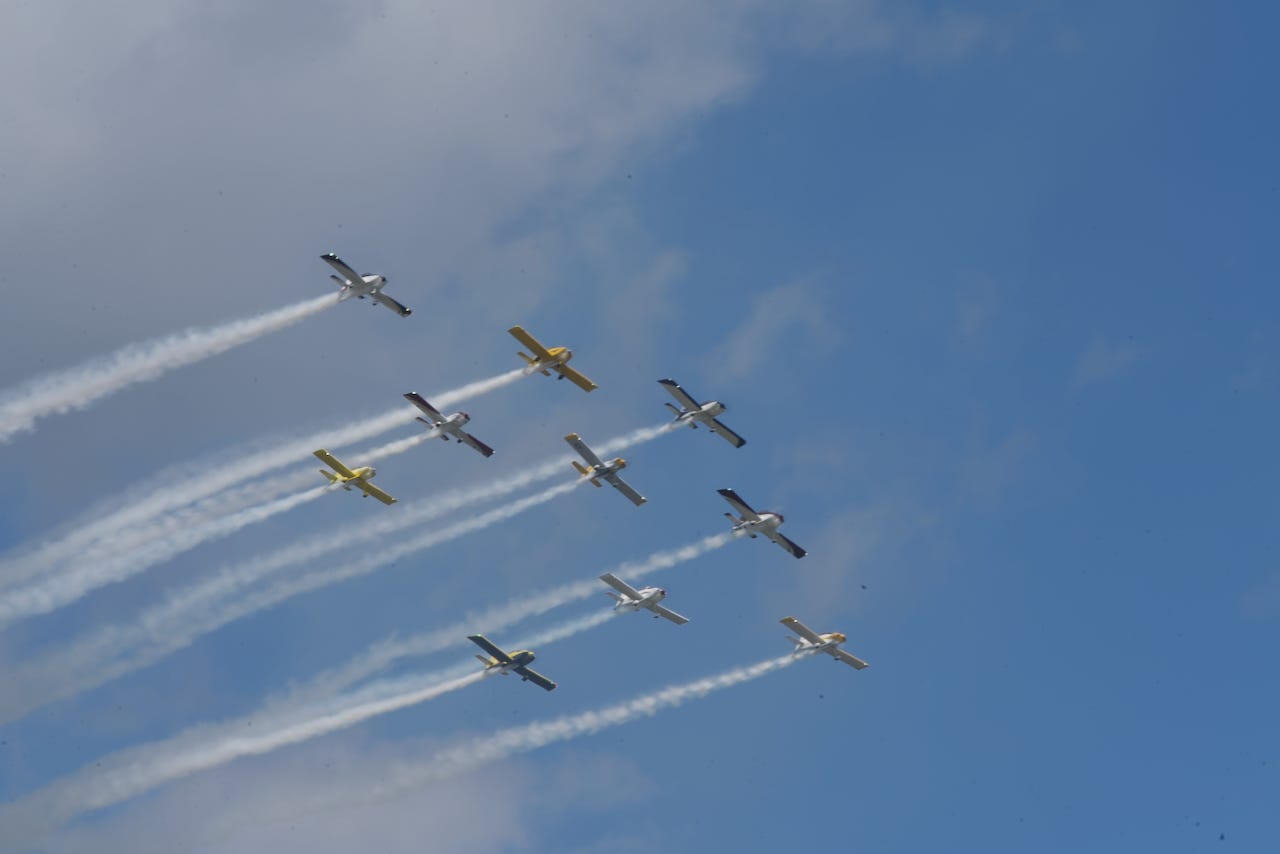
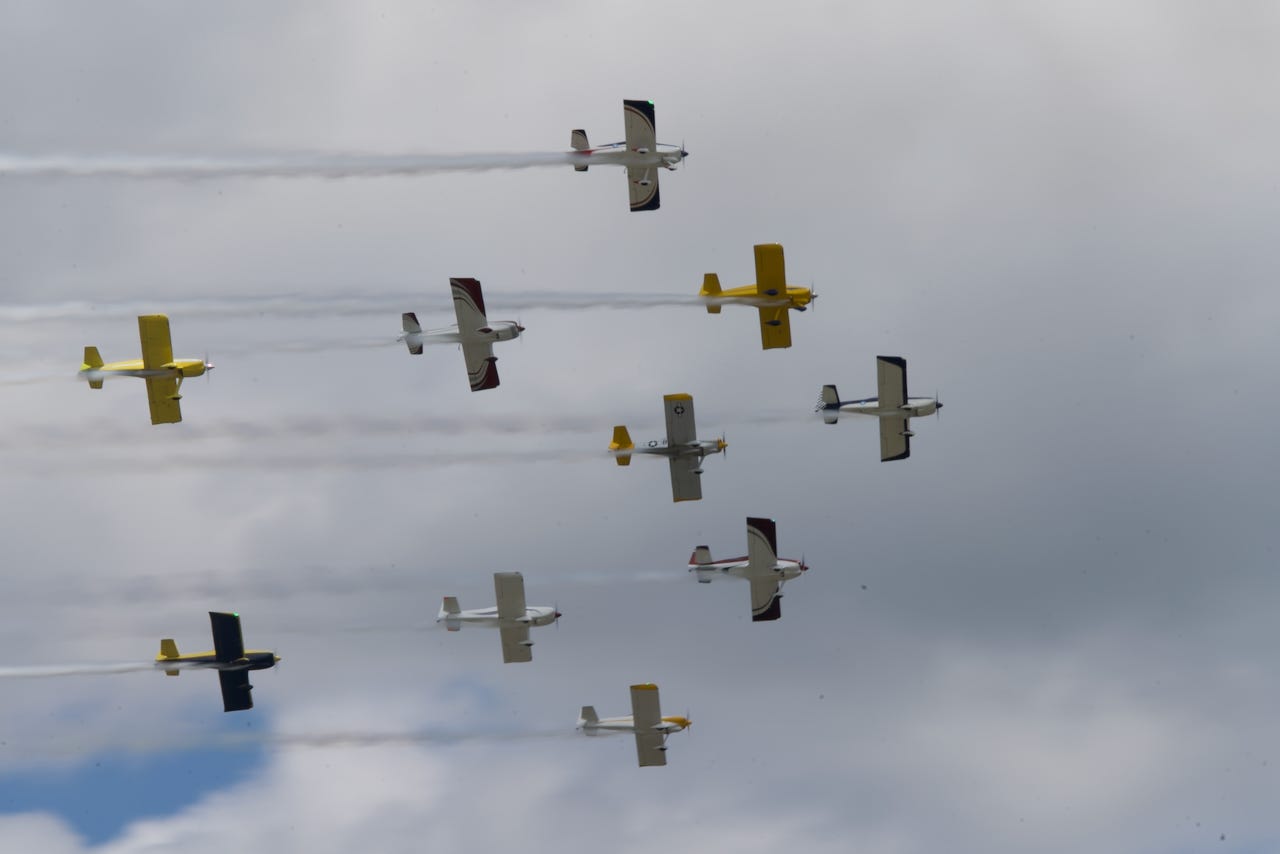
Great photos and videos are amazing! Looks like a spectacular day!
Amazing footage! Will share to MCAS page on FB.